April 25-29 2013. Whangamomona trip.
As ANZAC day was on Thursday this year (2013), a lot of people were taking Friday off and making a good long weekend, and some of our car club members had planned a weekend away. We decided not to take the TD this time as some of the roads we were going to be travelling on would be twisty hilly gravel.
The others weren't leaving until Friday but we headed off on Thursday for an overnight stop in Waitomo. The others were due there Friday night but we wanted to spend the day visiting the Waitomo caves, one of those places that you drive past and say, "we must go there some time".
Friday 26th
What an amazing place! We went through the three main caves in the system, two in the morning and the third in the afternoon. The first one goes from the tourist complex through a small entrance, then winds its way down through narrow tunnels and large caverns with stalactites, stalagmites and glow worms. When you reach the bottom you get in a boat and float out the other end. The next cave you walk to, through the bush, and then enter through a narrow opening in to another amazing cave.
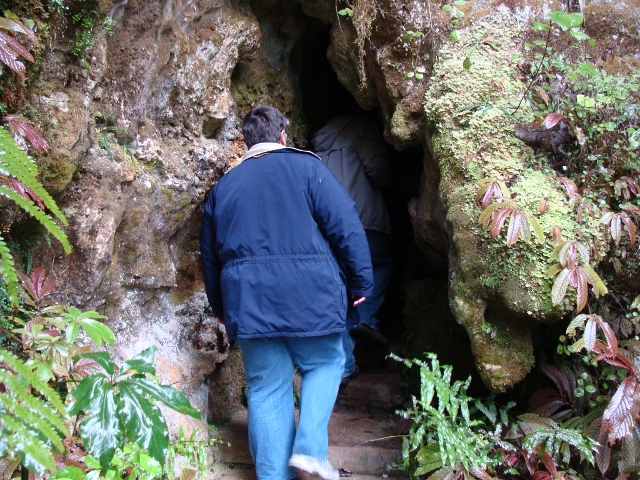
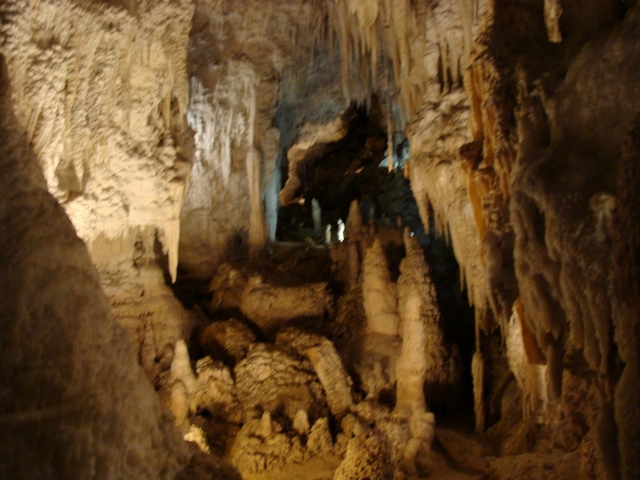
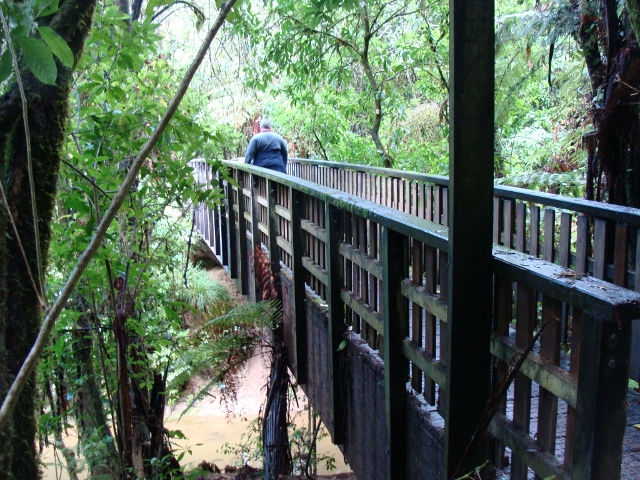
Strange looking fungus about the size of saucers growing on a tree.
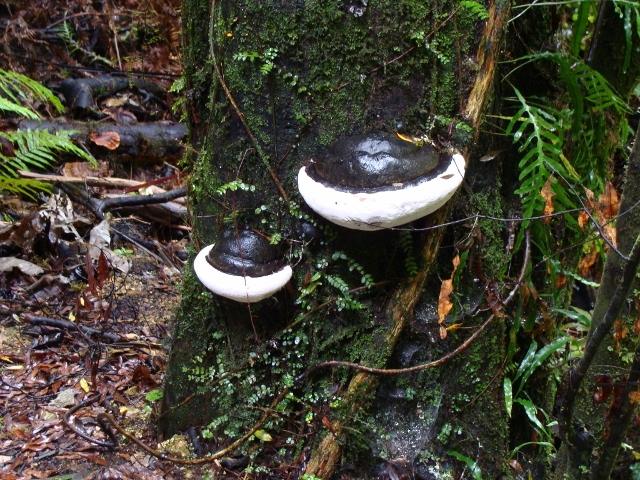
After lunch we caught the shuttle bus to Ruakuri, the largest cave in the group. After a landslide had closed the entrance a few years ago, a completely new one had been created further up the hill. This consists of an artificial rock formation that you enter through,
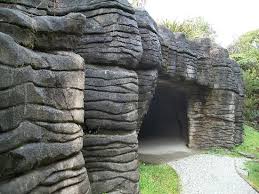
into an enormous concrete chamber, like an overgrown water tank.
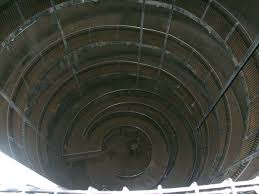
This has a walkway spiralling its way down to the bottom where you enter the cave through a concrete tunnel with doors at each end to stop air flow and temperature fluctuations. The cave is fully wheelchair accessible with some of the walkways being susppended in places hundreds of feet above the river that flows through the cave.
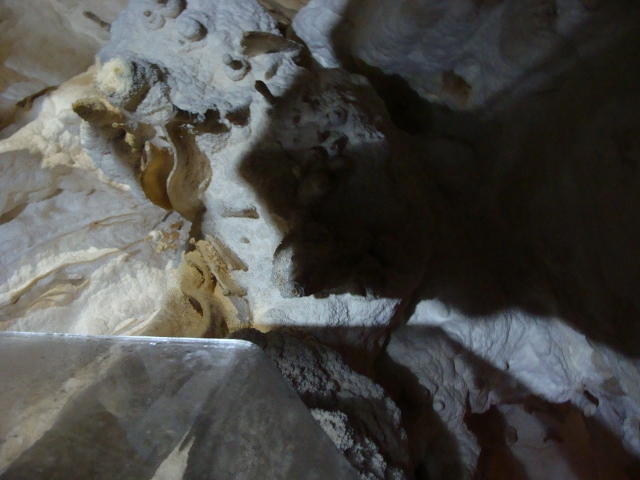
The formations are amazing and great care is given to not disrupt the ecology of the place. Tour groups are guided through 15 at a time and the lighting is turned on and off as you enter and leave each section.
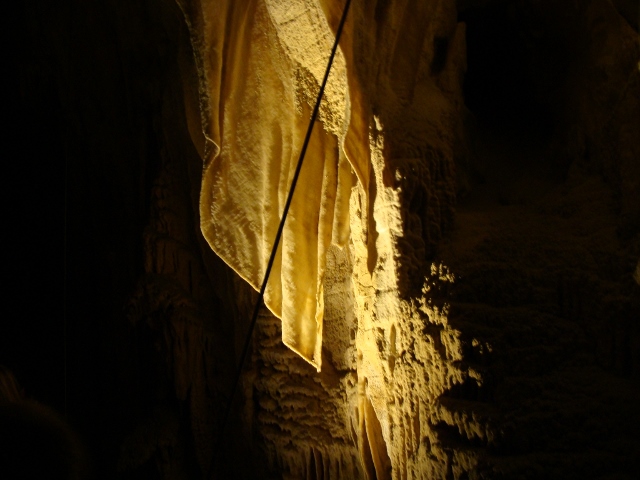
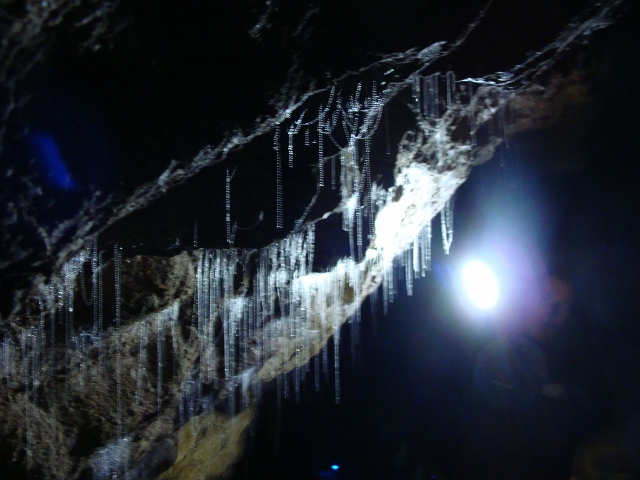
Sticky threads hung down by glow worms to catch insects.
We got back to the hotel as the rest of our group where arriving.
Saturday 27th April
We left Waitomo and headed for Taumarunui, with a morning tea stop at a quaint little tea rooms, on the side of the road in the middle of nowhere.
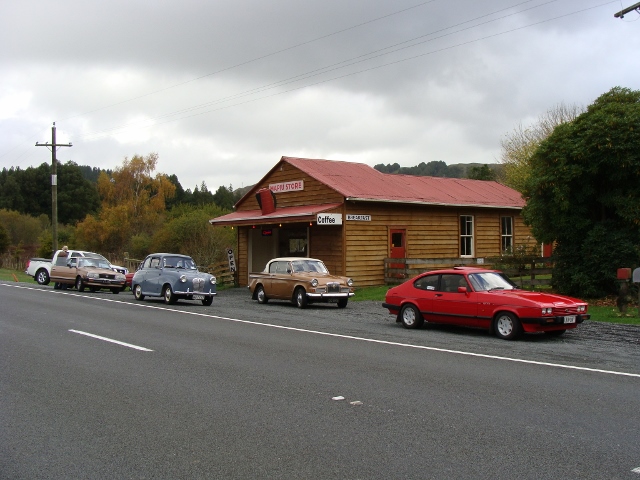
At Taumarunui we all refueled as it was going to be a long way before the next opportunity. Then it was off down the forgotten highway to Whangamomona for (late) lunch at the old hotel.
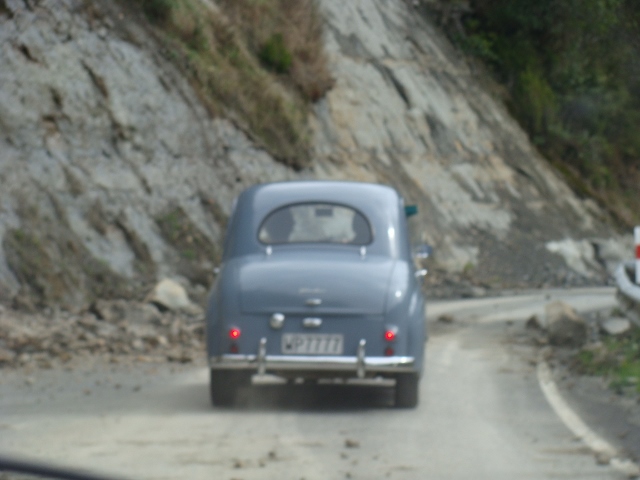
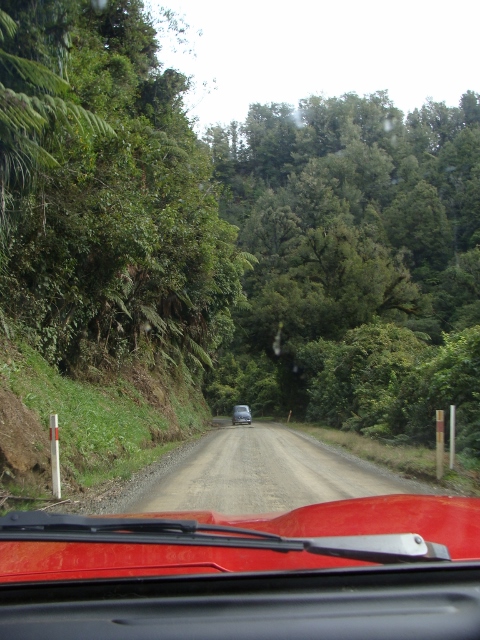
This has become a popular outing for car and motorcycle clubs. Although there is not much left of the town, the drive is outstanding, with the twisty and hilly road, a lot of it still gravel, it passes through untouched bush with the hills towering above and the river way below.
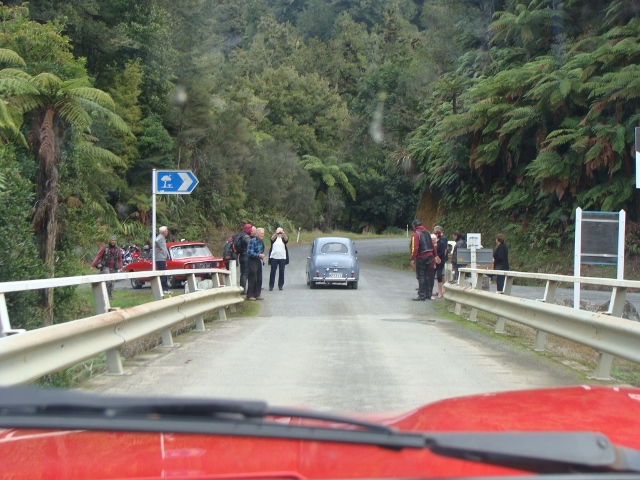
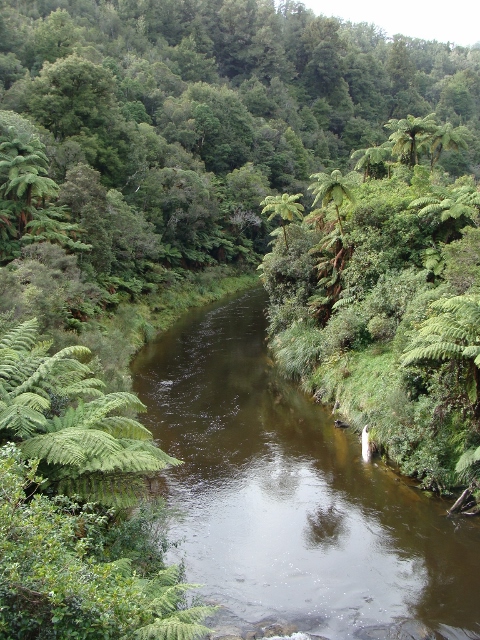
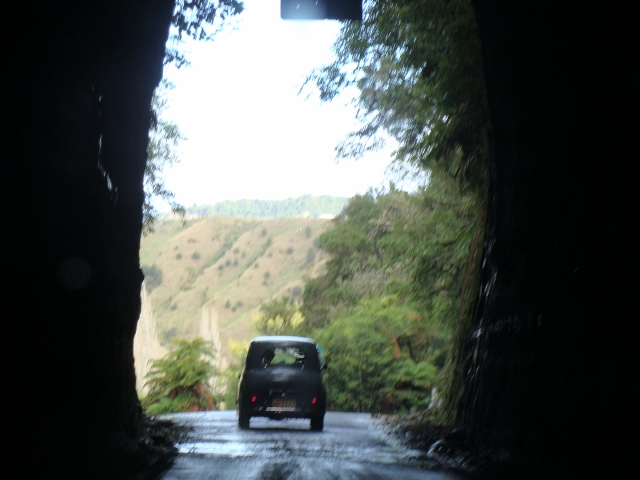
The Austin A30 exiting the Hobbit Hole.
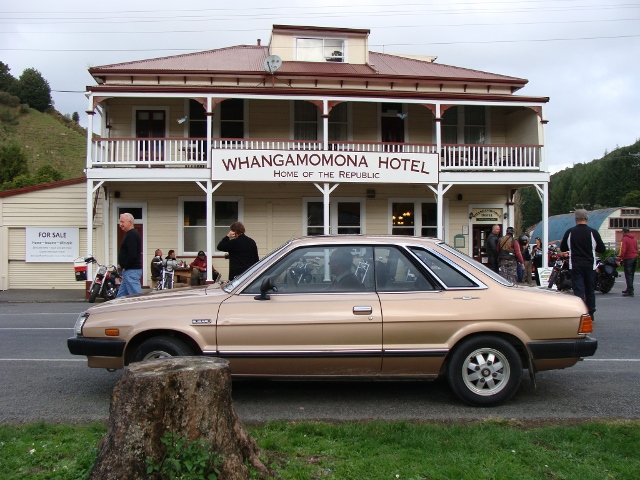
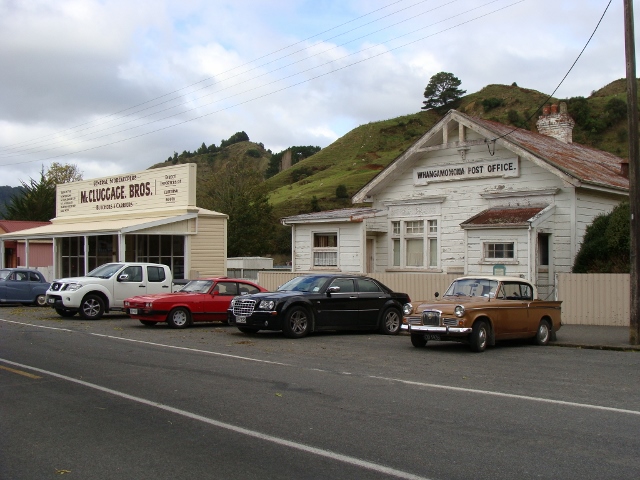
After lunch we retraced our tracks part way back toward Taumarunui then turned off to Ohura where we would be staying the night at the now closed Ohura State Prison. On the way we made a stop at the Hobbit's Hole.
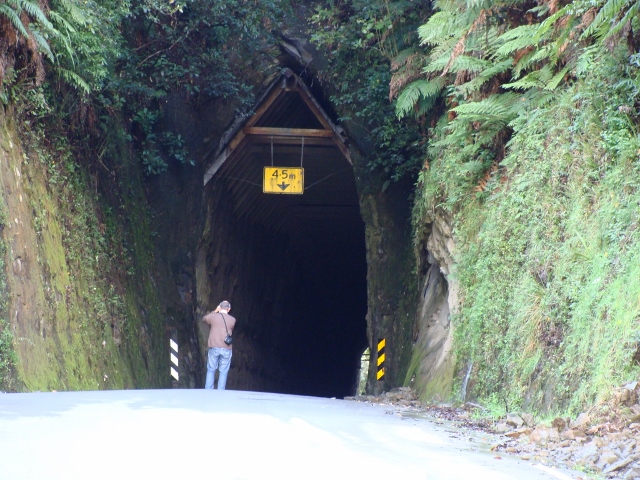
This is a quaint road tunnel with wooden "A" frame in the top of it like the roof in a church.
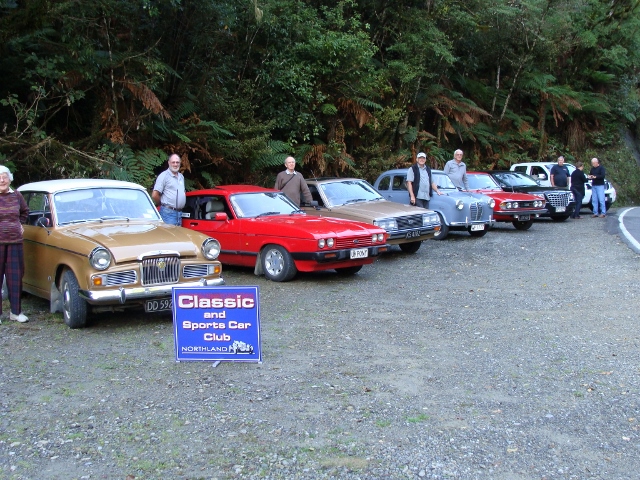
After photos (and checking why the Rapier wouldn't keep running) we headed on to Ohura.
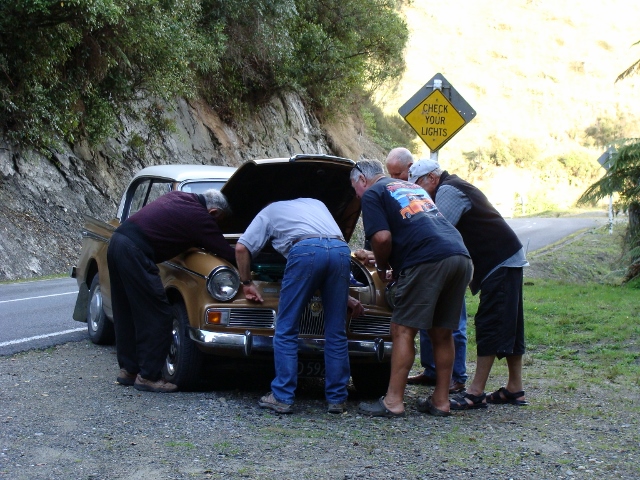
A small group of us took a detour and went bush to have a look at the Mount Damper Falls, one of the highest in the North Island.
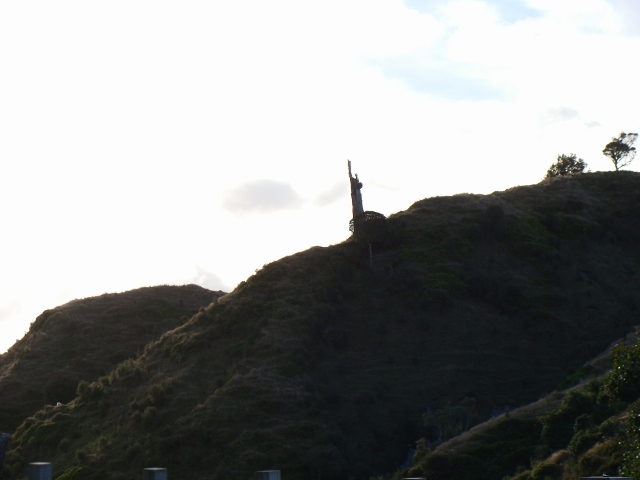
On the way we passed by the Statue of Liberty
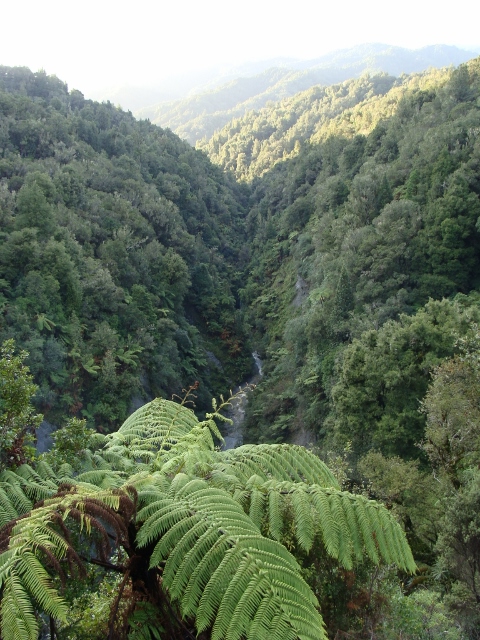
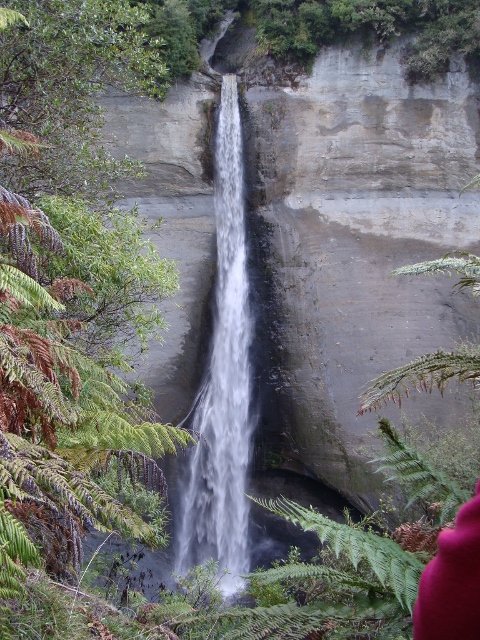
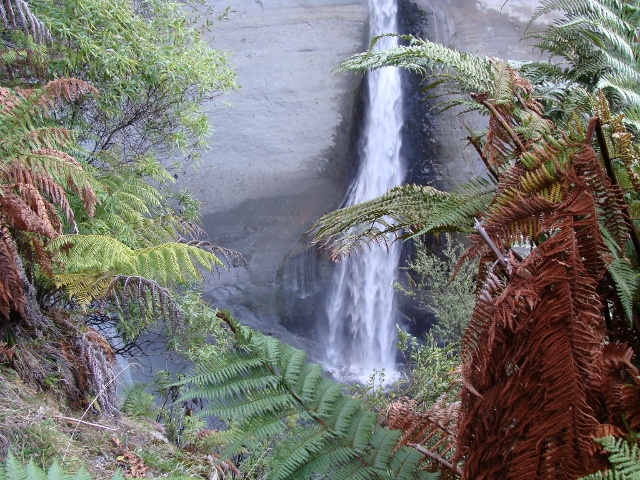
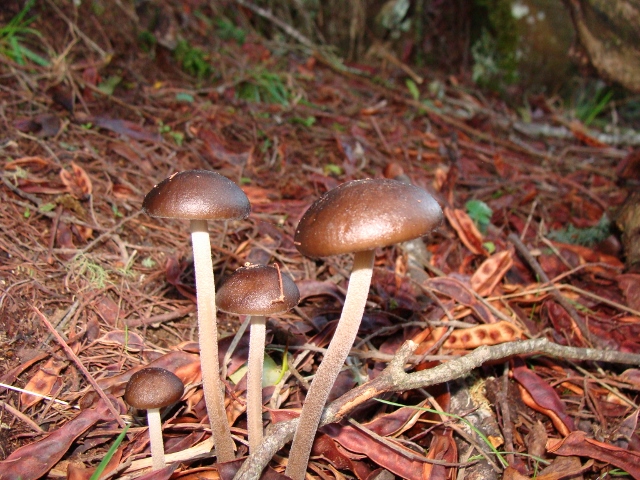
We arrived at the prison after dark, but in time for dinner. All the cell blocks have gone but the admin buildings have been converted to accommodation (still a work in progress).
Sunday 28th April
Early breakfast, then help Albert sort the Rapier. It had lost all the bolts from the Intake manifold???????? After hunting through every ones tool boxes we found a few bolts that would screw in and the ones that were too long had sockets and wrenches on them to work as spacers, and the old girl was purring as normal.
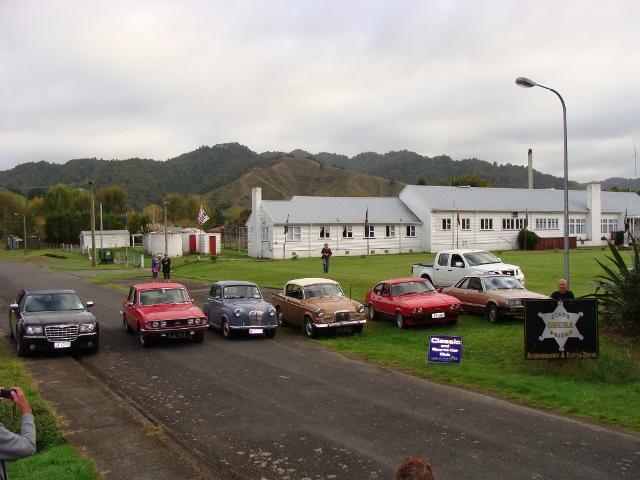
We went for a tour around Ohura, a bit of a ghost town now (2013 population 129), it was a coal mining centre through to about 1965.
We headed back into the hills on the way to the West coast and stopped on the side of the road for morning tea outside the now closed Kaitaangata School.
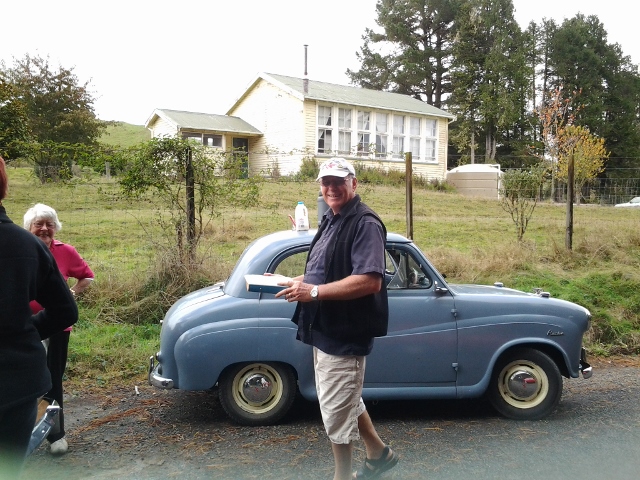
A one room school that one of our group, Les, was teaching at about 30 years ago.
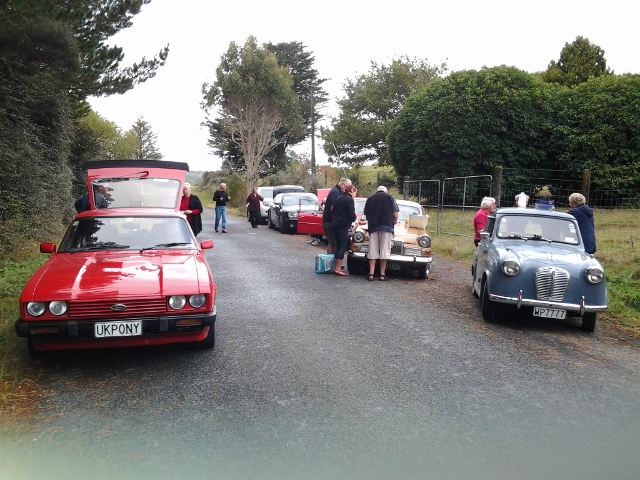
Not much traffic in these parts to worry about.
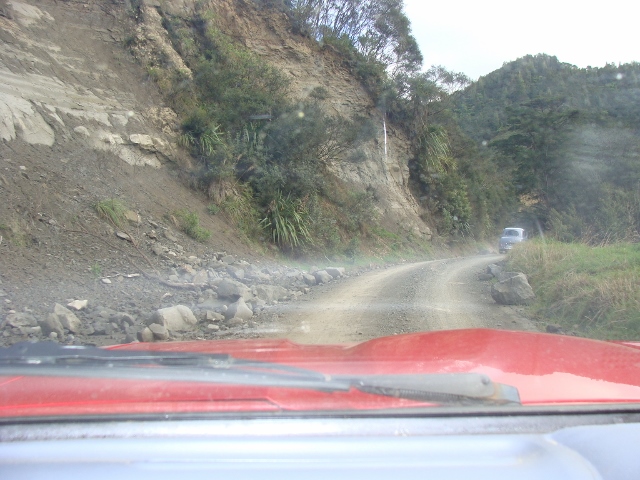
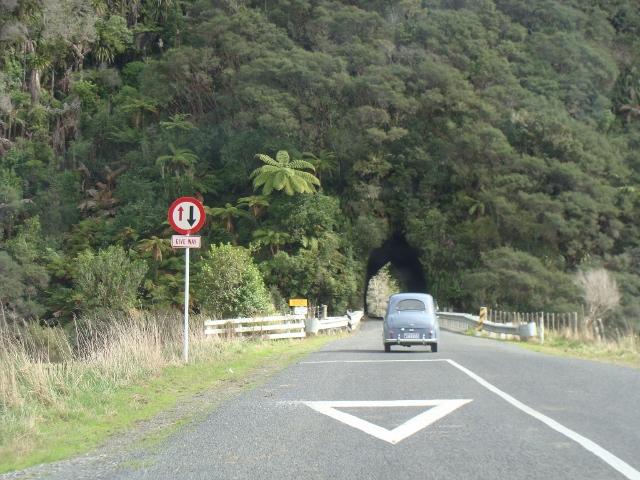
After more hills, more corners, more gravel and another tunnel, we eventually arrived back on the maim highway and a stop for lunch.
Not much further up the highway we were off on to the back roads again, this time toward the coast. More hills etc, fabulous scenery and we found another tunnel.
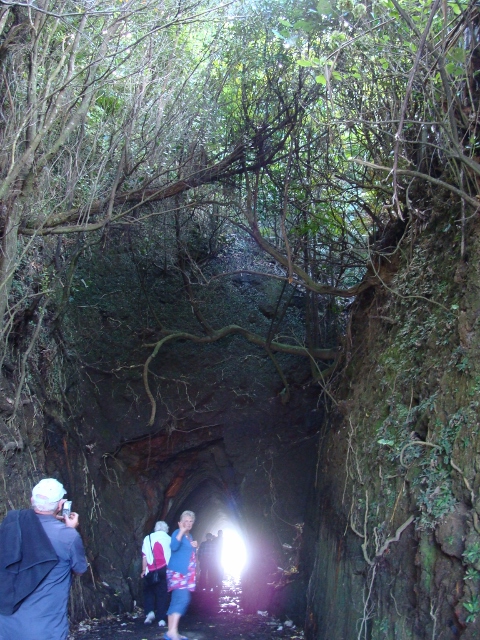
This one had been carved through the sandstone cliffs for the farmers to get access to the beach on the other side.
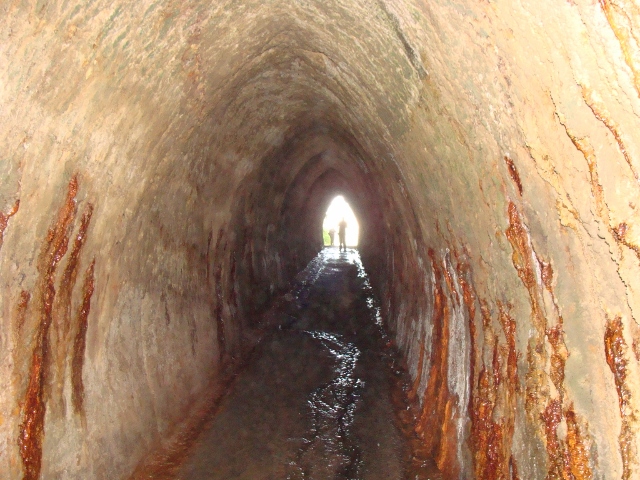
The old sailing scows could not enter the small estuary on the farm side of the cliffs, but could come into the beach on the seaward side.
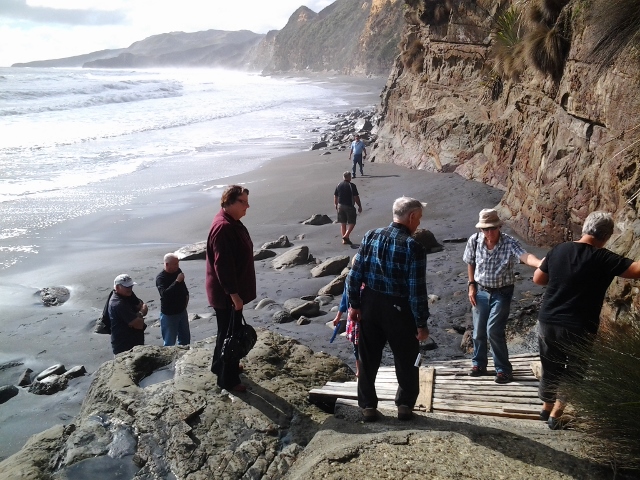
The beach is the usual West Coast Iron Sand.
The tunnel was used to drive the animals through to transport away to market. When they decided to make the tunnel higher inside this was done with picks, working from horse back.
Next stop was another estuary with settlement and camp ground where we stopped for an ice cream and a cuppa.
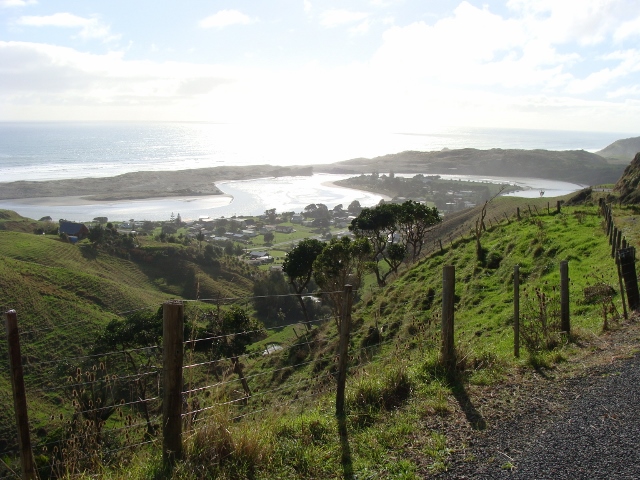
Then we were on to Kawhia for our last night. This is another harbour and the camp we stopped at (with camp sites and cabins (very nice)) was right in the waters edge (when the tide is in).
Monday was a leisurely drive home
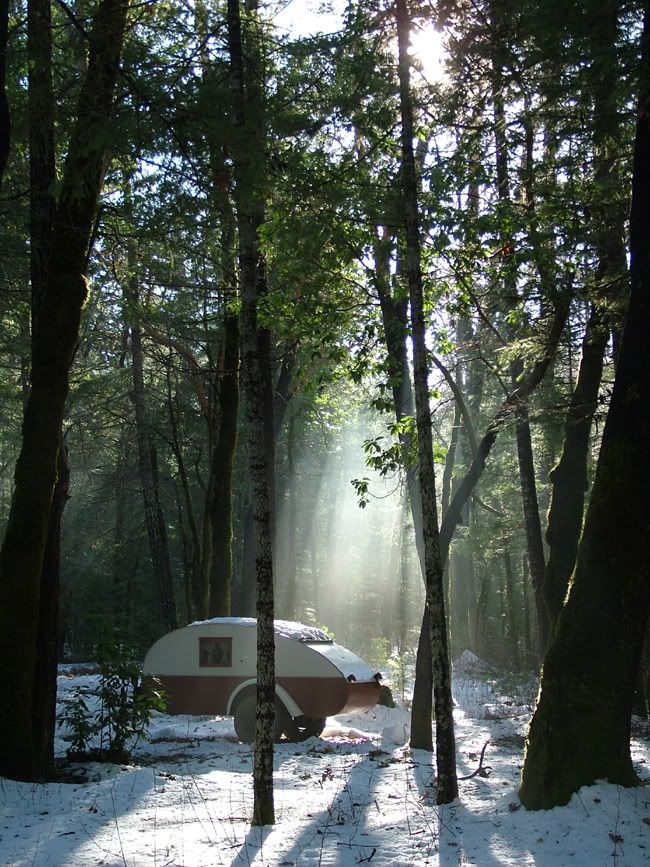


 And you didn't say hi?
And you didn't say hi?  We could have had a coffee.
We could have had a coffee. 




